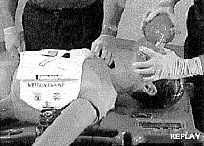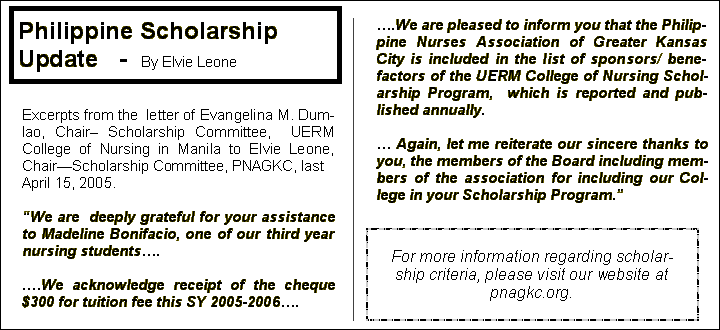|
|
|
|
|
|
diac arrest occurence. Realistically, emergency assistance arrives, on average, within six to eight minutes post arrest. At this point, the victim already experiences global ischemia which affects his chance for survival.
In order to improve the survival rate of sudden cardiac arrest victims, rescuers need to arrive earlier, revive the heart and/or immediately reverse the effetcs of global ischemia by providing effective cardiac compression and opxygenation. Unfortunately, manual chest compression, is difficult to perform due to multiple interruptions during the code and the inconsistency of the depth and rate of chest compression. These factors can impact succesful resuscitation.
The Auto Pulse technology addresses these factors and thereby hopefully by its proprietary system, deliver a more effective cardiac compression. What is Auto Pulse? It is a "no hands," non invasive device that automatically
|
|
|
|
|
|
|
|
|
|
pumps the patient's chest in order to circulate blood to the vital organs . The device is portable, convenient, automatically adjusts to each patient and provides a consistent depth and rate of compression throughout the code and transport. The rescuer is relieved of performing chest compression and can focus on other emergency tasks .
Although the Auto Pulse may provide a more efficient way to generate chest compression, there is no guarantee of patient 's survival. Ms. Williams is happy to report though the successful resuscitation of Mr. Doe, using the Auto Pulse Non- invasive Cardiac Support Pump.
Product Information Brochure
Timerman, S, et al "Improved hemodynamic performance with a novel chest compression device during treatment of in-hospital cardiac arrest. Resuscitation 2004; 61:273-280
|
|
|
|
|
|
|
|
|
|
|
Cheryl William, of the Raytown, Missouri EMS team, responded to 911 call from a nursing home; Mr. John Doe, a frail 93 year old man , had a sudden cardiac arrest. This time, their unit used the Auto Pulse Non-invasive Cardiac Support Pump to deliver chest compression, to revive the patient!
Cardiac arrest is the leading cause of unexpected death. Up to this day, the human toll of sudden cardiac arrest is frightening. In the United States, more than 350,000 people suffer from sudden cardiac arrest each year, Studies show that defibrillation and CPR are very effective if given within the first one or two minutes of the car
|
|
|
|
|
|
|
|



